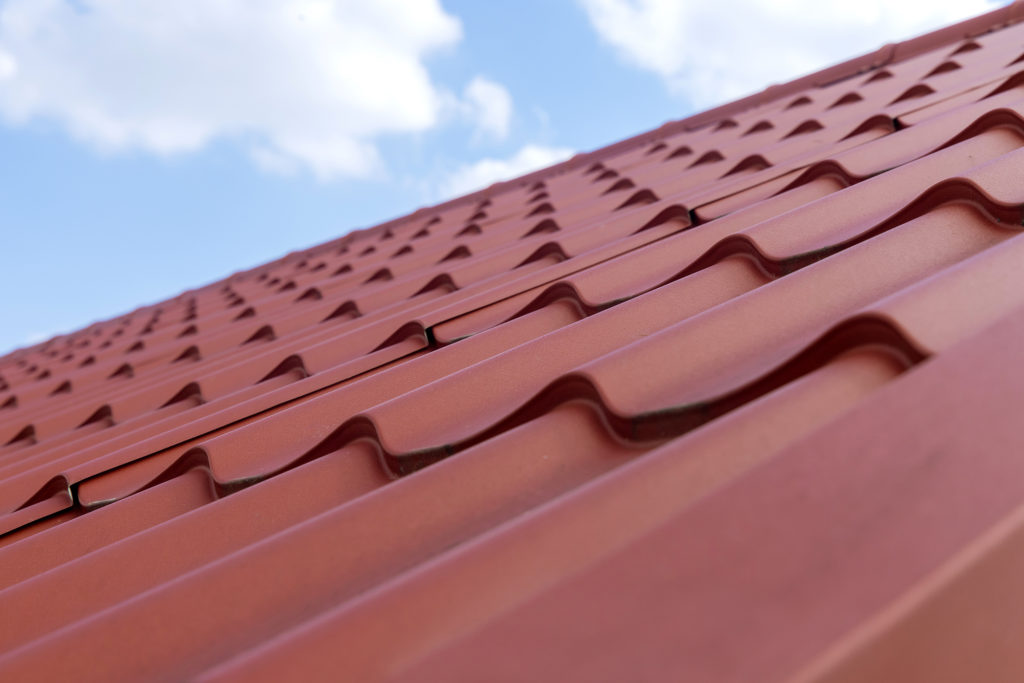The Roofing Process: What to Expect
When planning for a new roof installation or a significant roof repair, understanding the process can help you prepare and ensure a smooth experience. Here’s a detailed overview offered by Top Hat Roofing on what to expect during the roofing process:
1. Initial Consultation and Estimate
- Inspection: A roofing contractor will visit your property to assess the condition of your existing roof, measure the area, and identify any specific issues or concerns.
- Discussion: You’ll discuss your needs, preferences, and budget. The contractor will explain different roofing materials and options available.
- Estimate: Based on the inspection and your choices, the contractor will provide a detailed estimate, including costs for materials, labor, and any additional work needed (e.g., repairing underlying structures).
2. Selecting Materials and Finalizing the Contract
- Material Selection: Choose the roofing material that best suits your needs, considering factors such as durability, aesthetics, cost, and climate suitability.
- Contract Signing: Review and sign the contract, which should outline the scope of work, timeline, payment terms, and warranty information.
3. Preparing Your Home
- Clear the Area: Remove vehicles, patio furniture, and any valuables from around your home. Ensure access points for the roofing crew are clear.
- Protect Interiors: Roofing work can cause vibrations that may disturb items inside your home. Secure or move fragile items from walls and shelves.
4. Roof Removal
- Tear-off: The roofing crew will remove the old roofing material, which may include shingles, underlayment, and flashing.
- Debris Disposal: Contractors will dispose of the old materials, often using a dumpster placed near your home.
5. Inspection and Repairs
- Decking Inspection: The underlying roof deck will be inspected for damage or rot. Any necessary repairs will be made to ensure a solid foundation for the new roof.
- Replacement of Damaged Areas: If the decking or other structural components need replacement, this will be done at this stage.
6. Installation of New Roof
- Underlayment and Flashing: Installation begins with placing an underlayment to provide a moisture barrier. Flashing is installed around vulnerable areas such as chimneys, vents, and valleys.
- Shingles/Materials: The primary roofing material (e.g., shingles, tiles, metal) is then installed, starting from the bottom edge of the roof and working upwards.
- Ventilation: Proper ventilation systems will be installed or updated to ensure adequate airflow and prevent moisture buildup.
7. Final Inspection and Cleanup
- Inspection: A thorough inspection is conducted to ensure all work meets quality standards and all materials are properly installed.
- Cleanup: The crew will clean up the work area, removing any remaining debris, nails, and excess materials. They’ll also ensure that gutters and downspouts are clear of debris.
8. Post-Installation Review
- Customer Walkthrough: The contractor will walk you through the completed work, addressing any questions or concerns you may have.
- Warranty Information: Review the warranty details for both materials and workmanship, and ensure you have all necessary documentation.
By understanding these steps, you can better prepare for your roofing project, ensuring it progresses smoothly and meets your expectations. Working with a reputable contractor like Top Hat Roofing who communicates clearly and provides detailed information at each stage is crucial for a successful roofing experience.

CategoryUncategorized
